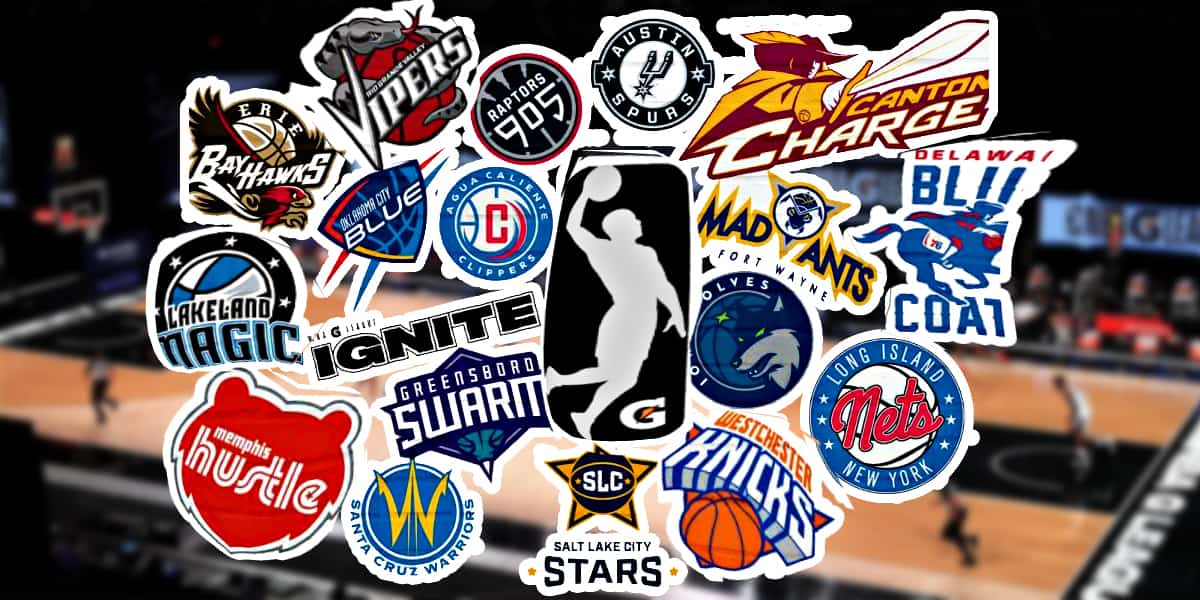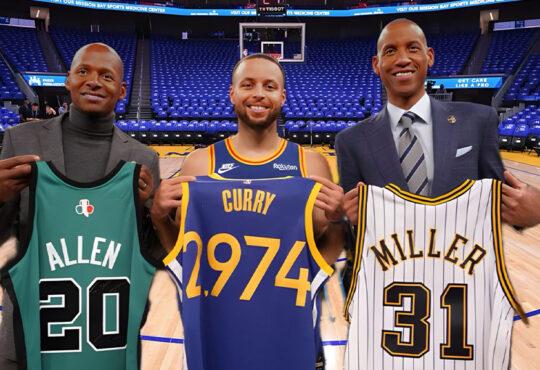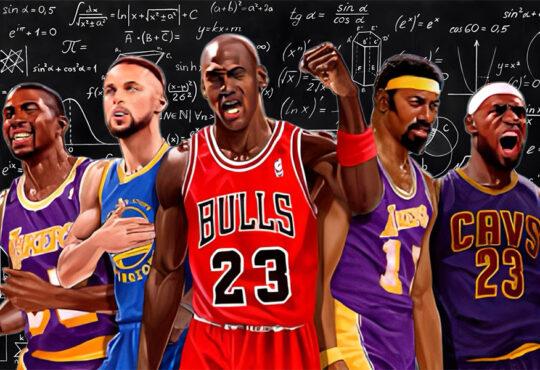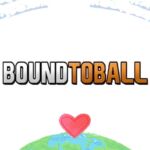
Are G League teams owned by NBA teams?
The NBA is the most famous not just basketball, but sports league in the World. During the 1990s, the league took over the world by storm getting worldwide popularity.
With that status, the NBA has millions of fans all over the world but not much is known about the G-League. The G-League is utilized by NBA teams to develop young talent, rehab current stars and generally try out new tactics and schemes.
Of the 29 teams available in the NBA G-league, 26 of them are fully owned and operated by NBA teams. The Denver Nuggets and the Houston Rockets have hybrid affiliations with their NBA G League affiliates while the 29th and newest G-League team is Ignite, established in 2020. The Phoenix Suns and Portland Trail Blazers do not have G-league affiliated teams.
The League through the years
The league was established as the National Basketball Development League (NBDL) in the 2001–02 season and originally had eight franchises. All of them were located in the southeastern United States, specifically in Virginia, North Carolina, South Carolina, Alabama, and Georgia.
In 2005, the league’s name was changed to NBA Development League (NBA D-League) as part of the new collective bargaining agreement with the NBA and a bid to appeal to more fans by showing their connection to the major league.
In the same offseason, Southwest Basketball, LLC led by David Kahn was granted permission by the league to operate four new teams. Southwest Basketball then purchased three existing franchises and one expansion team: the Albuquerque Thunderbirds, Austin Toros, Fort Worth Flyers and the Tulsa 66ers.
The Arkansas RimRockers were also added from the ABA for the 2005–06 season. In February 2006, the D-League expanded to California for the first time with the addition of the Bakersfield Jam.
Two months later, the league announced that four teams from the CBA were joining the league: the Dakota Wizards, Sioux Falls Skyforce, Idaho Stampede, and a team originally slated for CBA expansion, the Colorado 14ers.
Shortly after, the league announced expansion teams in the Anaheim Arsenal and the Los Angeles D-Fenders. The D-Fenders became the first D-League team to be directly owned by an NBA parent team, the Los Angeles Lakers.
However, the westward expansion contributed to the contraction of the NBA-owned Roanoke Dazzle and Fayetteville Patriots for that season. The Florida Flame suspended operations due to arena scheduling difficulties.
After the 2006–07 season, there would be no more teams in the southeastern United States until the 2016 expansion team, the Greensboro Swarm.
In 2009, the Houston Rockets entered into the first single-affiliation partnership, called the hybrid model, with the Rio Grande Valley Vipers. This began a wave of NBA and D-League teams entering into single-affiliation agreements of both the hybrid and parent-team owned varieties. With more NBA involvement, the league once again began to expand and spread its footprint.
By 2015, the last multiple-affiliate team, the Fort Wayne Mad Ants, was purchased by the Indiana Pacers leading to the first season where all D-League teams were affiliated with only one NBA team. As there were no longer any unaffiliated D-League teams left, the remaining NBA teams began purchasing expansion franchises or hybrid partnership teams and placing them near the parent team.
In 2015, the Toronto Raptors placed their own team, Raptors 905, in the Greater Toronto Area in Mississauga, Ontario. In 2016, the D-League expanded by three more NBA parent club-owned teams for the largest D-League expansion since 2007. The Charlotte Hornets created the Greensboro Swarm, the Brooklyn Nets created the Long Island Nets, and the Chicago Bulls created the Windy City Bulls.
In the 2017–18 season, the D-League entered into a multi-year partnership with Gatorade and announced it would be rebranded as the NBA Gatorade League, which was officially shortened to “NBA G League” prior to the season.
It also continued its membership changes with the relocation of the Erie BayHawks to Lakeland, Florida, as the Lakeland Magic, a new Erie BayHawks franchise, and expansions in the Agua Caliente Clippers in Ontario, California, the Memphis Hustle in Southaven, Mississippi, and the Wisconsin Herd in Oshkosh, Wisconsin. The Los Angeles D-Fenders would also re-brand to the South Bay Lakers.
For the 2019–20 season, the G League will begin to offer select contracts to players that are not yet eligible to enter the NBA Draft.
Since 2006, players that are not at least nineteen years old by the end of the calendar year have been ineligible, creating what became known as the “one-and-done” rule where players joined a college basketball team for one season and would then leave for the NBA.
The new select contract is to be an alternative for players who do not want to or cannot attend a college, worth up to $125,000 for a season. The league launched its prospects team, the NBA G League Ignite, in 2020.
What is One-to-One G-League Affiliation?
One-to-One Affiliation is opted for by the majority of the NBA’s franchises. This means the NBA team fully owns and operates its NBA G League team.
One-to-One Affiliation began in 2006 when the Los Angeles Lakers bought their own NBA D-League franchise, originally known as the Los Angeles D-Fenders and since 2017–18 as the South Bay Lakers. This was followed by the San Antonio Spurs purchasing the Austin Toros (now the Austin Spurs) in 2007, and the Oklahoma City Thunder purchasing the Tulsa 66ers (now the Oklahoma City Blue) in 2008. This led to more NBA teams to either purchase existing franchises or create expansion teams in order to have their own single-affiliation teams.
In 2011, the Cleveland Cavaliers purchased the New Mexico Thunderbirds to become the Canton Charge and the Golden State Warriors purchased the Dakota Wizards, with the Warriors moving the Wizards a year later to become the Santa Cruz Warriors. In 2013, the Philadelphia 76ers purchased the inactive Utah Flash and moved them to Newark, Delaware as the Delaware 87ers (now the Delaware Blue Coats).
In 2014, the New York Knicks became the seventh team to fully own and operate their own NBA D-League affiliate in the Westchester Knicks. In 2015, the Toronto Raptors created their own expansion franchise, the Raptors 905. In 2017, the Timberwolves purchased Iowa Energy and renamed the team the Iowa Wolves.
What is Hybrid G-League Affiliation?
Hybrid affiliation is where the NBA team manages and funds the basketball operations while local ownership maintains control of the business and community relations aspects of the team.
In 2009, the Houston Rockets and Rio Grande Valley Vipers pioneered the single-affiliate partnership, also known as the hybrid model. In November 2010, the New Jersey Nets and Springfield Armor announced they would enter into a single-affiliate partnership that began in 2011–12.
In June 2011, the New York Knicks and Erie BayHawks announced they would be singly affiliated. In May 2012, the Portland Trail Blazers entered into a single-affiliation partnership with the Idaho Stampede. The following month, the Boston Celtics and Maine Red Claws announced a single-affiliation partnership. In June 2013, the Miami Heat announced that they had entered into a single-affiliated partnership with the Sioux Falls Skyforce. In July 2013, the Sacramento Kings and Reno Bighorns (now the Stockton Kings) entered into a single affiliation. The Stampede ended their affiliation with the Trail Blazers after the 2013–14 season and in June 2014 announced their affiliation with the Utah Jazz. The Armor moved to Grand Rapids, Michigan, after the 2013–14 season and affiliated with the Detroit Pistons. From 2014 to 2017, the Memphis Grizzlies had a single affiliation with Iowa Energy. In 2015, the last multiple affiliate team, the Fort Wayne Mad Ants, was purchased by the Indiana Pacers making the 2015–16 season the first with all teams having single affiliations.
In some cases, the hybrid affiliation led to the parent team buying their affiliate’s franchise outright. In 2015, the Utah Jazz purchased their affiliate, the Idaho Stampede, and after one more season in Boise relocated the team to Salt Lake City. The following year, the Phoenix Suns purchased their affiliate, the Bakersfield Jam, and announced the immediate relocation of the team to Prescott Valley, Arizona, as the Northern Arizona Suns began with the 2016–17 season. In 2021, the team relocated to Detroit after being purchased by the Pistons, becoming the Motor City Cruise. In 2016, the Sacramento Kings bought the majority ownership of their affiliate of the previous eight seasons, the Reno Bighorns, and would eventually move the team to Stockton, California as the Stockton Kings after the 2017–18 G League season. By the end of 2016, the Magic purchased their affiliate, the Erie BayHawks, with the intention to relocate the team to Lakeland, Florida, in 2017. In 2017, Miami Heat purchased the controlling interest in the Sioux Falls Skyforce after being its primary affiliate since 2013. In July 2019, the Boston Celtics acquired its affiliate, Maine Red Claws.
Which NBA Teams Own G League Affiliates?
The table below shows a list of G-league teams and their parent NBA team. It also displays what type of affiliation the two organizations have.
| NBA G-League Team | NBA Parent Franchise | Affiliation Type |
| Sioux Falls Skyforce | Miami Heat | One-to-One |
| Grand Rapids Gold | Denver Nuggets | Hybrid |
| Birmingham Squadron | New Orleans Pelicans | One-to-One |
| Rio Grande Valley Vipers | Houston Rockets | Hybrid |
| Iowa Wolves | Minnesota Timberwolves | One-to-One |
| Fort Wayne Mad Ants | Indiana Pacers | One-to-One |
| Maine Celtics | Boston Celtics | One-to-One |
| Austin Spurs | San Antonio Spurs | One-to-One |
| Greensboro Swarm | Charlotte Hornets | One-to-One |
| Santa Cruz Warriors | Golden State Warriors | One-to-One |
| Wisconsin Herd | Milwaukee Bucks | One-to-One |
| Lakeland Magic | Orlando Magic | One-to-One |
| Stockton Kings | Sacramento Kings | One-to-One |
| Agua Caliente Clippers | L.A. Clippers | One-to-One |
| Windy City Bulls | Chicago Bulls | One-to-One |
| Raptors 905 | Toronto Raptors | One-to-One |
| Delaware Blue Coats | Philadelphia 76ers | One-to-One |
| Westchester Knicks | New York Knicks | One-to-One |
| Long Island Nets | Brooklyn Nets | One-to-One |
| Memphis Hustle | Memphis Grizzlies | One-to-One |
| Texas Legends | Dallas Mavericks | One-to-One |
| South Bay Lakers | Los Angeles Lakers | One-to-One |
| Oklahoma City Blue | Oklahoma City Thunder | One-to-One |
| College Park Skyhawks | Atlanta Hawks | One-to-One |
| Salt Lake City Stars | Utah Jazz | One-to-One |
| Capital City Go-Go | Washington Wizards | One-to-One |
| Charge Basketball | Cleveland Cavaliers | One-to-One |
| Motor City Cruise | Detroit Pistons | One-to-One |
| Ignite | – | N/A |
| – | Portland Trailblazers | No G-League Affiliation |
| – | Phoenix Suns | No G-League Affiliation |
NBA G-League Draft
The NBA G League Draft takes place each season and is the major source from which teams build their rosters. Team rosters are made up of returning players (players who were on the team during the previous season), players waived by an NBA team who are designated as an affiliate players to their respective G League affiliate, allocated players (players who have local significance), and drafted players.
The 8 round draft utilizes a serpentine format, meaning the order alternates in each round; Team A who selected first in Round 1 will select last in Round 2, while Team B who selected last in Round 1 will get the first pick in Round 2.
The league holds an annual Player Invitational, where prospects hope to earn eligibility for the upcoming draft.
Since 2014–15, an NBA team that declines to sign an NBA draft pick can have them sign directly with their G League affiliate. Previously, an unsigned NBA pick could not be protected by the organization’s G League affiliate, and the player might have ended up on the G League team of another organization.
Assignment
Each NBA team can assign two first-year or second-year players who are under a standard NBA contract to its affiliated G League team. If more than two NBA players are assigned to a team, the team must reduce the number of G League players to keep the total roster size to 12. An NBA player will continue to be paid his NBA salary and will continue to be included on his NBA team’s roster on the inactive list while playing in the G League.
Two-way contract
The 2017 Collective Bargaining Agreement for the NBA, which took effect with the 2017–18 season, included changes allowing each NBA team to sign two players on two-way contracts. Those players spend most of their time on the team’s G League roster, but can freely move to their respective NBA team for up to 45 days in the regular season, as well as be a part of the team’s roster before the start of the season and after the conclusion of the G League’s regular season. Only players with four or fewer years of NBA experience are eligible for two-way contracts.







